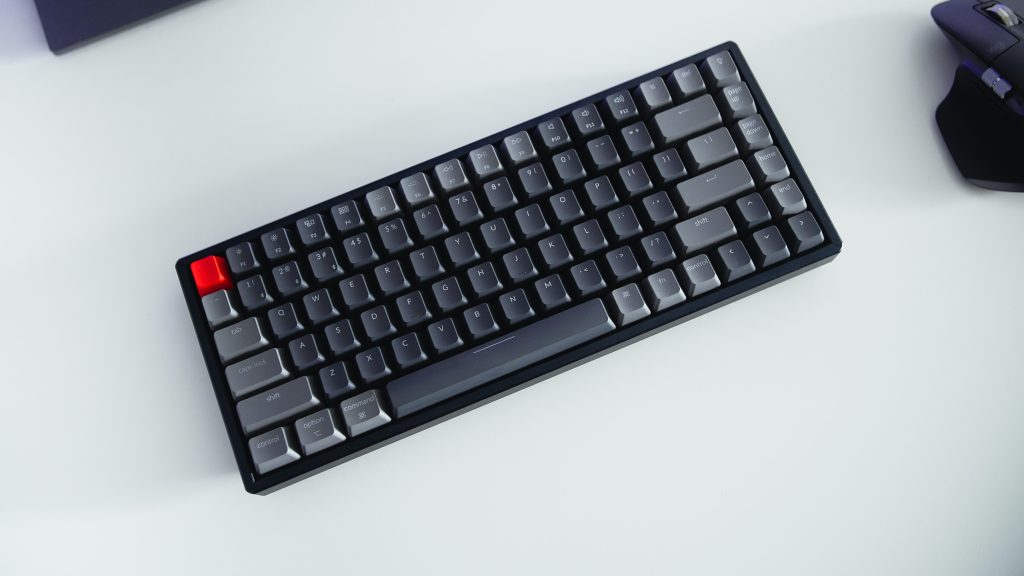In recent years, NVIDIA has revolutionized the world of gaming by introducing two innovations that have allowed a real evolutionary leap from the point of view of 3D graphics: Ray Tracing and DLSS.
While Ray Tracing is a term also known to the layman, also thanks to the spread of the PlayStation 5 and Xbox Series X consoles, DLSS is more obscure. Its importance, however, is no less, as it guarantees to play at high resolution and with high frames without placing an excessive burden on the video card. There is a lot more under the hood, so let’s not waste any more time and let’s find out what DLSS is and how it works, why DLSS 3 is a revolution, what alternatives from AMD and Intel are, and which games support it.
What is DLSS
DLSS was born from a clear need:
Ray Tracing is a very important leap forward for the
gaming sector, as it allows, for
graphics cards and
titles that support it, to obtain a
realism never achieved so far in
consumer products. However, it has a problem: the
computational effort required to obtain
these results are immense, and a
A clever way had to be found to limit it so as not to have a drastic impact on
performance (read frame-per-second drop).
A question of artificial intelligence
Hence the enormous advances in the field of artificial intelligence have come to help, which allow you to recreate high-resolution images starting from a lower resolution. DLSS is the acronym for Deep Learning Super Sampling and while this term may seem like a paronomasia, it describes NVIDIA ‘s technology very effectively.
Super Sampling means that it is a very advanced anti-aliasing method (trivially, which serves to avoid the “scaling” in Italian, which we see in low-resolution images) that allows you to smooth the jagged edges that appear on the rendered graphics. , but returning the image at a much higher resolution.
Alias occurs when a curved line is drawn on square pixels. It is a byproduct of how computer graphics are rendered, as a pixel can only display one color at a time. Anti-aliasing attempts to smooth out aliasing. There are several types of anti-aliasing, which use different techniques. SSAA (Super Sampling anti-aliasing) is the most basic form, as it takes an image with a higher resolution and downsampling the pixels to fit the native resolution. We’ll look at the other types later, and compare them to DLSS.
Deep Learning, on the other hand, means that NVIDIA uses machine learning based on artificial neural networks organized in different layers to insert missing information during rendering. This is the important point because while other super sampling methods such as SSAA work by overloading the graphics card, the DLSS processing has an already trained artificial intelligence do it all, which can then operate much more streamlined .
What is the DLSS for
In practice, this technique increases the frame rate by rendering the frames at a lower resolution than what is displayed, while using deep learning to upscale the frames so that they appear sharp as expected at their native resolution. The function, called Super Resolution, allows the GPU to work less, as it has to calculate fewer pixels, thus obtaining higher frame rates even at high resolutions and with active Ray Tracing (which is the reason why DLSS was born).
At this point we can understand what DLSS is for: playing at high resolution with a high frame rate and, why not, using Ray Tracing at the same time.
Technology has evolved a lot in a few years. If with the DLSS 1.0 it was possible to render the frames of a game at a resolution of 1440p and then perform the upscale to reproduce them at 4K, with the DLSS 2.0 it was possible to make the transition from 1080p to 4K, thus increasing performance.
How DLSS works
Now that we’ve seen what DLSS is, let’s briefly understand how it works. We figured out how DLSS forces a game to render at a lower resolution and then uses its trained AI algorithm to infer what it would be like if it were rendered at a higher resolution (typically 4K).
This is done by using some anti-aliasing effects, automatic sharpening, and even, as we have already said, exploiting visual artifacts, to deduce the details that should be present in a super-resolution image.
Artificial intelligence training is, as always happens, a very important part of the process. Initially, NVIDIA used specific games at extremely high resolutions to learn how. But it was a long process, as it had to be played game for fun.
Subsequently, with the DLSS 2.0, NVIDIA introduced the Neural Graphics Framework (NGX) supercomputer, which made it possible to train artificial intelligence with tens of thousands of images at maximum quality, that is 64x supersampling .
How to set up DLSS: quality vs performance
To set the DLSS, you have to look in the graphics settings in the games, no NVIDIA or Windows is set to activate. Assuming you have an NVIDIA RTX GPU installed and the drivers (along with the GeForce Experience application) and Windows are up to date, the only thing you need to do is find the DLSS switch in the game.
The important thing to remember is to set the game to the resolution you are trying to use for the output. Trivially, if you are going to use DLSS to get to 4K, the resolution should be set to 4K.
In addition, with the introduction of DLSS 3 came new quality adjustment modes that users can make, choosing between Performance, Balanced, and Quality, each focusing the power of the RTX GPU’s Tensor core on a different aspect of the DLSS.
Below you can see two screenshots of Death Standing. At the top, it is seen at 1440p without DLSS and therefore without anti-aliasing, while at the bottom using the ” Quality ” mode of the DLSS, which manages to keep most of the details despite anti-aliasing. The ” Performance ” mode of DLSS, as expected instead, favors the frame rate at the expense of details.




